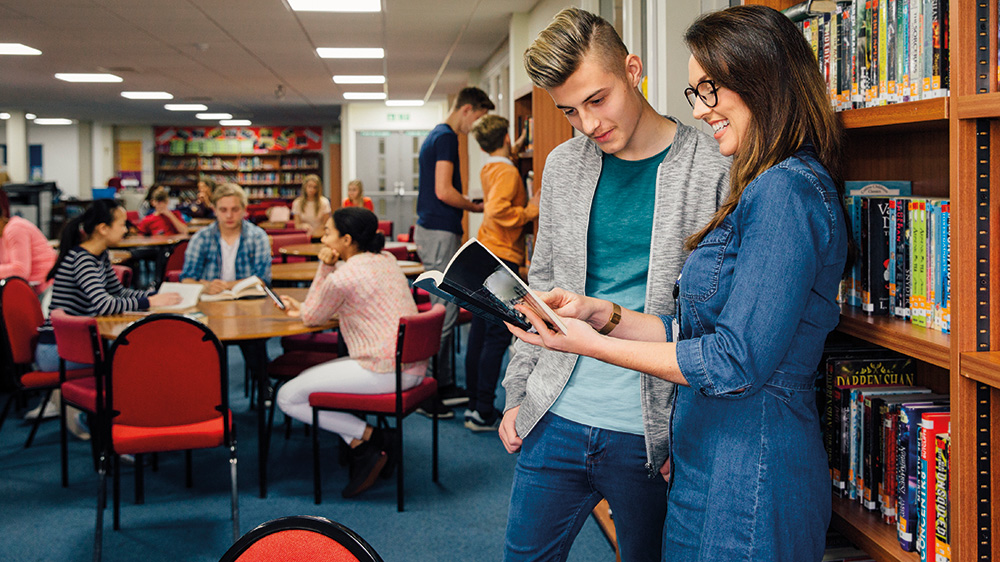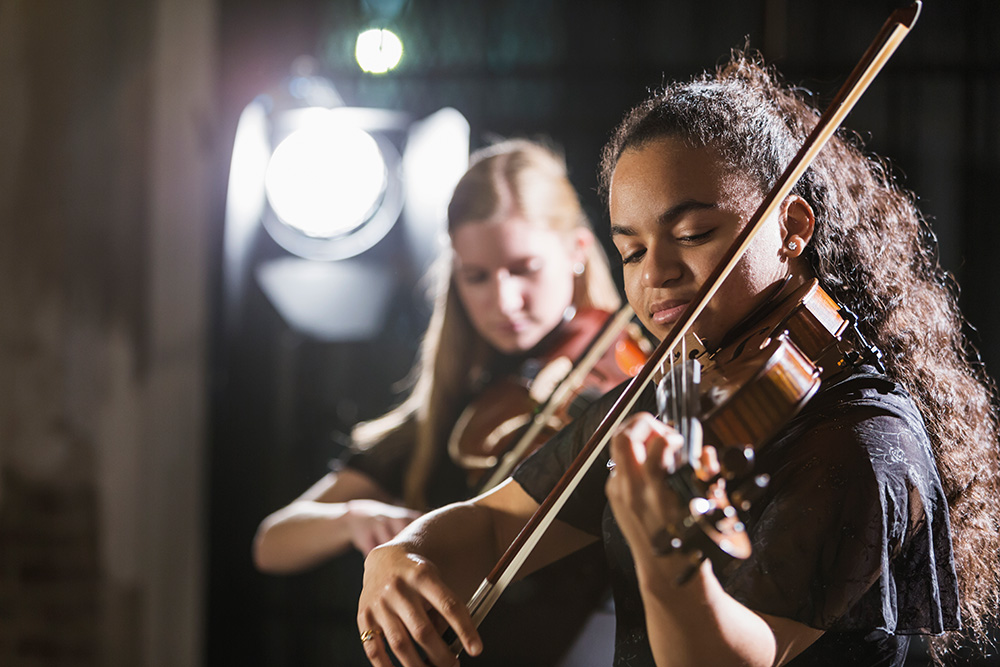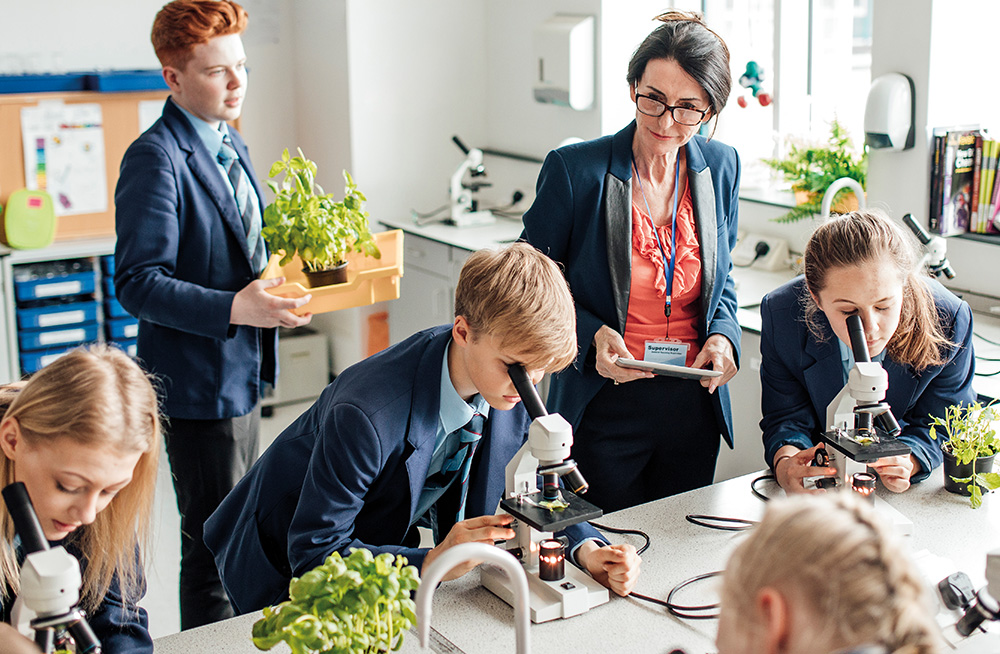Almost nothing affects purchasing decisions more than the weather. Could the summer sunshine help you choose your child’s school?
According to the British Retail Consortium, nothing – apart from the economy – affects people’s purchasing decisions more than the weather. Being exposed to sunshine makes people buy more – and be prepared to spend more on their purchases, according to a 2010 study by Kyle B Murray. The more sunlight we’re exposed to, the better our mood (it’s down to higher levels of serotonin) and the more predisposed we are to buy things – indeed, some canny retailers replicate this feel-good approach with bright halogen lighting.
It might be pushing it to suggest that the weather could affect the decision to send your child to a particular school. But given that sunshine can affect major purchases, such as cars and houses, it wouldn’t be wholly surprising if – all other factors like exam results and quality of teaching being equal – seeing a school with a top-notch swimming pool on a radiantly beautiful day gave it the edge.
Being exposed to sunshine makes people buy more
Swimming pools aside, there are other good reasons for visiting one of the schools in our area towards the end of the academic year.
A major advantage is that by the time the summer term rolls round, pupils will have three terms’ progress under their belts. Visit in May or June and – like the trees and plants outside – what you’ll get is the sense of a school in full bloom. This doesn’t just matter because it’s colourful and interesting, but because it can give families a real sense of what’s been achieved.
“One of the nice things about coming in the summer term is, ultimately, parents want to see that their children are improving, or getting better,” explains Victoria Robeson, head of admissions and marketing at Oaks International School. “Teachers can really demonstrate that, for example, this is the level students were writing at the beginning of the year and this is where they are now.”
 And, for a 360° perspective, you really can’t beat asking the children what they’ve gained during the year. The pupils themselves are increasingly involved in the learning process, so they start to understand not just what they’re learning, but the purpose behind it – and can be impressively articulate in communicating this to visiting families.
And, for a 360° perspective, you really can’t beat asking the children what they’ve gained during the year. The pupils themselves are increasingly involved in the learning process, so they start to understand not just what they’re learning, but the purpose behind it – and can be impressively articulate in communicating this to visiting families.
“They’re encouraged to look at what they’ve done, reflect, look at how they can improve and recognise what they need to improve and work on – in terms of academic work and in other areas,” says Victoria.
The summer months are also the time of year when all areas of the school are used – inside and out. Schools may vary in the amount of outdoor space they have at their disposal, but however big or small, visiting in warm weather provides a physical aide-memoire to see how it’s used. Woodland can be an all-year-round classroom, and grassed areas can be a venue for impromptu games.
So, it’s useful to check that, however lush the acres that roll into the distance are, they’re also well used by children and scenes of life and laughter, which is an integral part of the learning experience and definitely not for display purposes only.
Oaks International, for example, is set in the middle of a public park that is used extensively as a teaching resource. “Children are often out with clipboards, doing investigations, or collecting feathers or leaves for art and descriptive writing,” says Victoria.
 This time of year is also notable for a coming together of other elements of school life. Yes, there may be exams (and while they’re on, large chunks of the senior school may be missing in action – either on study leave or sweating it out over their papers). After that, however, there are the plays, concerts and exhibitions (DT and Art are often awe-inspiringly good) – the culmination of months of rehearsals, creative endeavour and sheer, hard slog.
This time of year is also notable for a coming together of other elements of school life. Yes, there may be exams (and while they’re on, large chunks of the senior school may be missing in action – either on study leave or sweating it out over their papers). After that, however, there are the plays, concerts and exhibitions (DT and Art are often awe-inspiringly good) – the culmination of months of rehearsals, creative endeavour and sheer, hard slog.
The principal of Hills Road Sixth Form College, Jo Trump, says that at the college’s first-ever summer term open day, which will be held in June for Year 10 students and their families, “visitors will be able to see the college in daylight and hopefully during warm weather, too”.
Parents want to see that their children are improving
It also means that the college can make full use of its outdoor spaces to showcase a range of activities – from performances by the college’s chamber choir, orchestra and jazz band in the music recital room, to the chance to enjoy performing arts students on stage at the Robinson Theatre throughout the evening.
Our area’s schools and colleges stress that whatever the weather or time of year, families can pick up a huge understanding of what makes a school tick – as long as they keep a few essentials top of mind.
Regardless what’s on offer – and that includes swimming pools, even on the hottest of summer days – it’s not about how extensive or impressive the facilities are, but how much they’ll matter. “The school may have all sorts of facilities that could impress parents, but it’s whether they will be useful to that individual child,” says Richard Settle, headmaster of Sancton Wood. “Parents should always be thinking not of what would work for them if they were going to the school (or what their friends are choosing), but what’s actually right for the person at the heart of this – their child.
“For some of these parents, it could be their first time back in a school since they left. And it’s important to remember that it’s not what you would like, not what would impress you as a student, but what it is that your child needs. Does this particular school satisfy those needs?” he stresses, making a strong case for getting “under a school’s fingernails”. Ultimately, that should be something that can be achieved successfully at any time of year.
 It’s not possible for visitors to experience the full works in just a couple of hours – but they can pick up the creativity, energy and sheer enjoyment that radiates from staff and pupils. It’s also important for visiting families to ensure that they get a feeling for the other vital areas beyond marvelling at the sights and sounds on offer.
It’s not possible for visitors to experience the full works in just a couple of hours – but they can pick up the creativity, energy and sheer enjoyment that radiates from staff and pupils. It’s also important for visiting families to ensure that they get a feeling for the other vital areas beyond marvelling at the sights and sounds on offer.
At Hills Road’s open days, for example, prospective students can get first-hand experience of some of the 30 A-level subjects on offer (a mind-boggling range that covers everything from Art and Design to Classical Civilisation and Geology) by talking not just to the tutors, but to current students, as well as finding out more about the college’s equally mind-boggling enrichment subjects, including mindfulness, creative writing and archery. Staff from student services, study skills and the careers teams will also give insights into college life, available support – and life after college.
And if you don’t get a feel for how a school or college ticks, it’s worth – when possible – going back several times, advises Richard. “If you’ve got a year or two year’s lead up, 100% you should go more than once. You’ll see what the classroom looked like in September, what it looked like in summer and of course it should have grown with the class and with the year group – there should be all sorts of exciting things on the wall that reflect all the exciting things the children have been doing throughout that academic year,” he explains.
While the weather can have an impact, it’s ultimately about the educational experience as a whole, he says. “It comes back to that idea of: is this school going to suit my child? It’s the feel and the people in the building that are going to impact and influence your children’s lives, not the weather.”
And with that in mind, Richard agrees that parents could find dropping in at break time on a cold, miserable, autumn day and seeing if teachers – and pupils – are cheerful and engaged just as beneficial as a visit on a sunny June morning. “If you still get a good feeling from the wet day in November, then that’s definitely a good sign,” he concludes.

